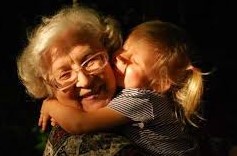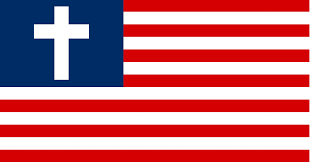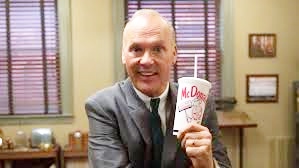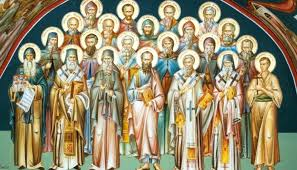
What’s a Human Being Worth?
The human body, composed mostly of water, plus trace amounts of silicon, manganese, fluorine, copper, zinc, arsenic, and aluminum, is worth about $1. If you were able to include your skin, it would add about $4.50, according to the web site ThoughtCo.com, bumping the total value up to about $5.
If you were able to separately sell your body parts, such as the heart, liver, etc., you’re looking at up to $45 million, according to counterplus.com, another such web site.
Most rational people, of course, would not attempt to put a price on a human body, though many say that’s all there is to a human life, and many who advocate for or are indifferent about violence and hate seem to adhere to this view.
Capacity to Save Ourselves
So, if the dollar approach is not a rational calculation of the worth of a human being, what is? I believe the Christian view, though played out politically and socially in radically different ways, is the wisest. I believe it has the capacity to save us from ourselves.
The Christian view, based on Scripture and church teaching, sees humans as possessing an innate, God-given dignity. Many religions, including my own Catholic faith, base their social-justice doctrines, and many of their moral principles, on this idea.
“The Catholic Church proclaims that human life is sacred and that the dignity of the human person is the foundation of a moral vision for society,” says the web page of the U.S. Conference of Catholic Bishops. “This belief is the foundation of all the principles of our social teaching.
“We believe that every person is precious, that people are more important than things, and that the measure of every institution is whether it threatens or enhances the life and dignity of the human person.”
Not Always Followed Their Own Teachings
It’s easy to be cynical about these statements. That’s especially because the Catholic Church, and many other religions, have not always followed their own teachings. The widespread abuse of youth by Catholic clergy, and the battles among people of different faiths in the Mideast and elsewhere, are examples of religion’s disregard for human dignity.
Nonetheless, the official doctrine of most Christian faiths, including Catholicism, promotes respect for all. In the case of Catholicism, it accounts for its positions on abortion and assisted suicide, capital punishment, help for the poor, immigration policy, human trafficking and war.
It’s true that many Catholics, as well as people of other faiths, ignore all or part of their church’s teaching, especially when applying the teaching to politics. The public perception of the church’s teaching differs widely as well.
In the case of abortion, for instance, I don’t believe the Catholic Church’s position is based on the desire “to control women’s bodies.” I also don’t believe its rejection of gay marriage reflects contempt for gay people. In both instances, I believe the church is caught between what Scripture and traditional moral theology teaches and contemporary views on right and wrong.
Conform to Contemporary Views?
Will the church change its positions to conform to contemporary views? I don’t know, but I believe it should on the one hand, be open to doing so and on the other, do so only after thoughtful and prayerful analysis of Scriptural texts – using all the modern analytical tools available – and how those texts can be applied to modern life. It shouldn’t be merely the perceived need to conform to contemporary thinking.
This is a big problem for religion because few people appear to be motivated by either Scripture or church teaching.
As I’ve mentioned before in these blogs, I like the metaphor popularized by the late Cardinal Joseph Bernardin, archbishop of Chicago, who at a 1983 lecture at Fordham University in New York described “right-to-life” as a “seamless garment,” like the one worn by Jesus at his execution.
“Those who defend the right to life of the weakest among us (human fetuses) must be equally visible in support of the quality of life of the powerless among us: the old and the young, the hungry and the homeless, the undocumented immigrant and unemployed worker.
“(That) quality-of-life posture (should be) translated into specific political and economic positions on tax policy, employment generation, welfare policy, nutrition and feeding programs, and health care.”





